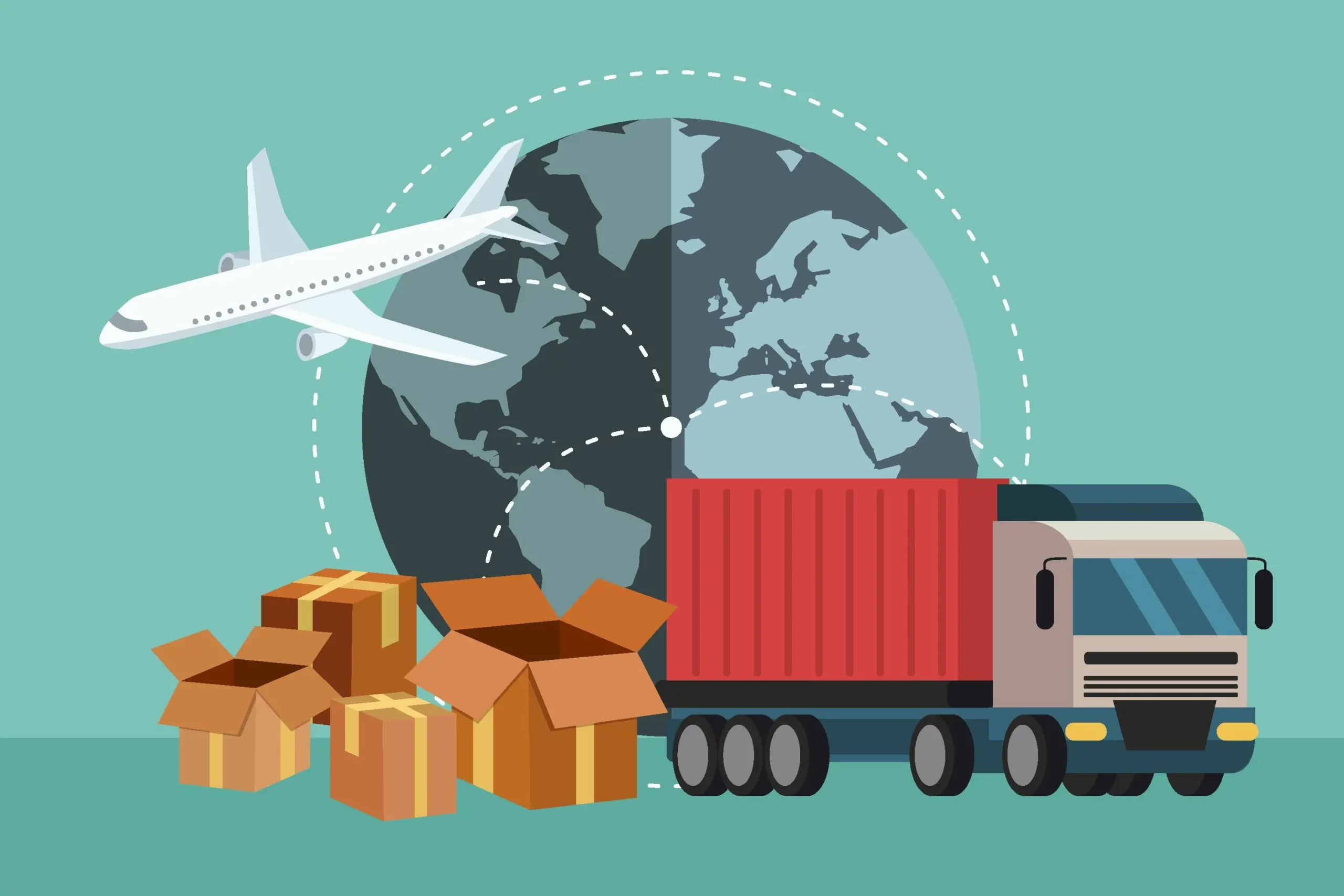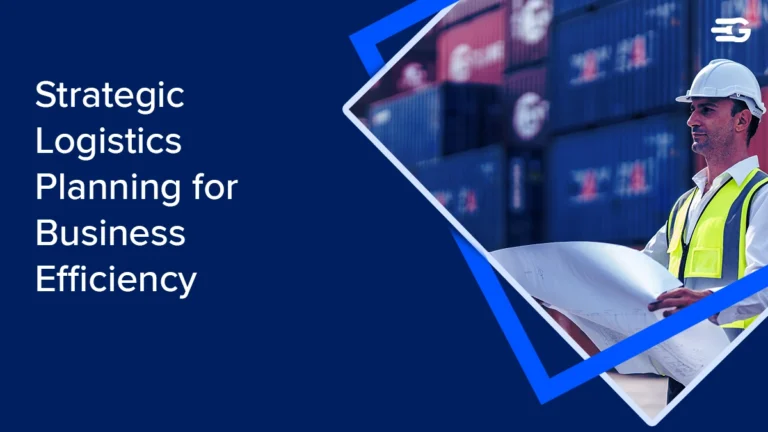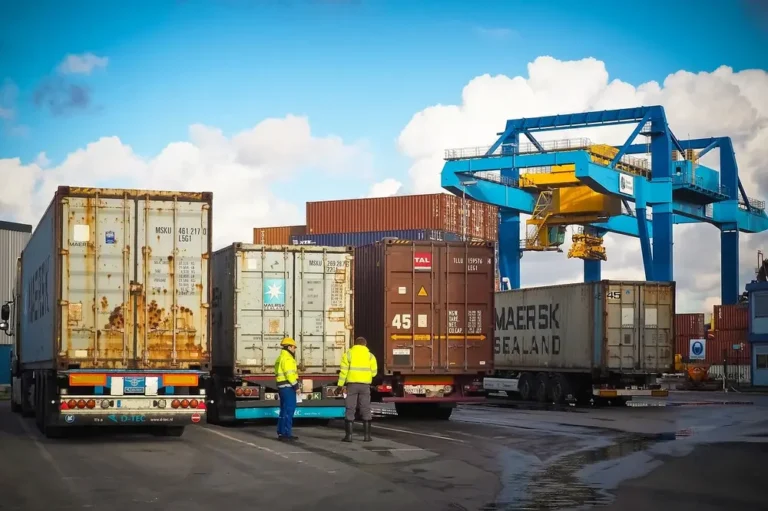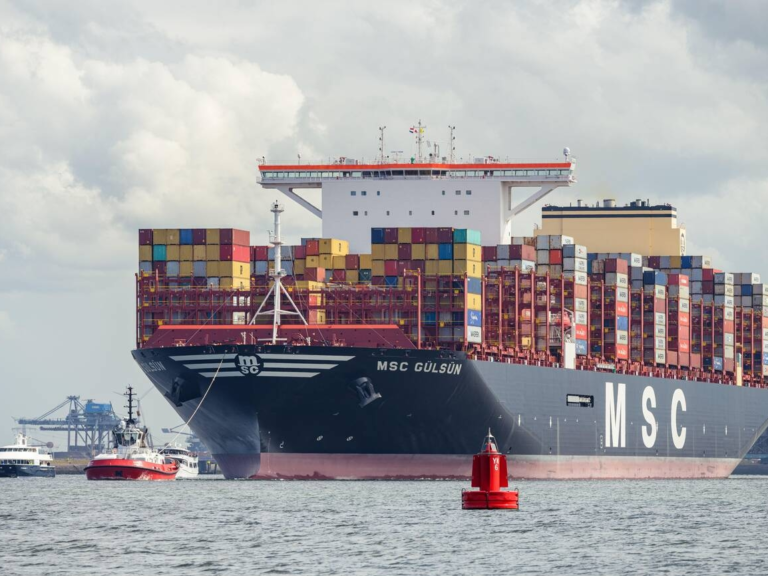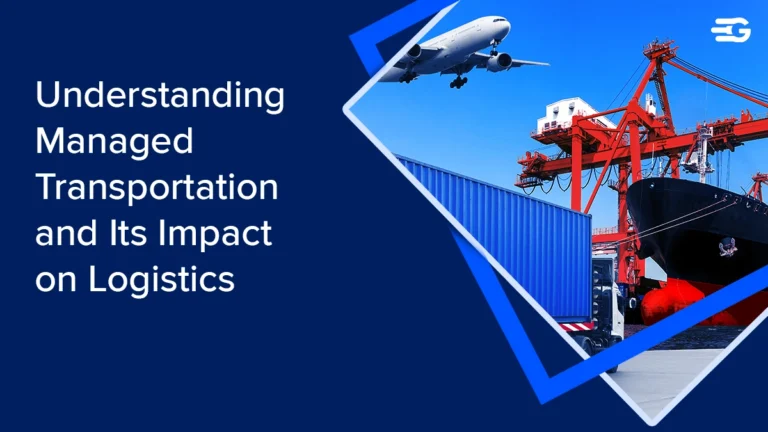Unlocking the Secrets of Supply Chain Traceability
The supply chain is the backbone of modern businesses. However, without visibility, it can lead to inefficiencies, risks, and loss of trust. Supply chain traceability offers a way to track products throughout their journey. From raw materials to final delivery, every step matters. Let’s uncover the essentials of supply chain traceability and how it benefits businesses handling large shipments.
What is Supply Chain Traceability?
Supply chain traceability means tracking a product’s path from origin to destination. It involves collecting data at every stage of the process. This can include sourcing, production, transportation, and storage.
For businesses, traceability ensures transparency. It provides a clear record of every step. For example, if a shipment of electronics is delayed, traceability tools can identify the exact bottleneck.
This is not just about knowing where goods are. It’s about knowing how they got there and what conditions they faced. Data gathered through traceability systems supports decision-making and builds customer trust.
Benefits of Implementing Traceability Measures
Supply chain traceability offers businesses a strategic edge. Beyond simple tracking, it ensures efficiency, accountability, and reliability at every step. Here are the key benefits businesses can leverage.
1. Improved Quality Control
Traceability provides a clear view of the supply chain, enabling businesses to detect quality issues immediately. With instant access to data, businesses can pinpoint problems, address them at the source, and prevent widespread disruptions. This approach reduces waste and avoids expensive recalls. It also ensures that substandard products don’t reach customers, safeguarding brand reputation.
2. Simplified Regulatory Compliance
Meeting regulatory requirements is critical, especially for industries like food, pharmaceuticals, and electronics. Traceability systems create an organized record of sourcing, production, and shipping. These records are essential for audits and certifications. By maintaining a detailed trail of product movements, businesses can demonstrate compliance with ease and reduce the risk of fines or legal complications.
3. Effective Risk Mitigation
Every supply chain faces risks; from supplier failures to transportation delays and unforeseen disasters. Traceability enables businesses to identify vulnerabilities and create contingency plans. It also allows businesses to act quickly during disruptions by providing reliable data to implement alternative strategies, ensuring minimal impact on operations.
4. Enhanced Transparency and Trust
Businesses that embrace traceability can provide customers and stakeholders with the information they seek. By making sourcing and production practices transparent, companies reinforce their commitment to ethical standards and sustainable operations. This openness not only builds stronger relationships with customers but also fosters trust across the entire supply chain network.
5. Cost Savings Through Optimization
Traceability uncovers inefficiencies in production, inventory management, and shipping. With accurate data, businesses can optimize resource allocation, reduce waste, and avoid unnecessary expenses. This results in a leaner, more efficient supply chain that contributes directly to the bottom line.
Implementing supply chain traceability isn’t just a technical upgrade; it’s a business transformation. It brings better control, ensures compliance, and opens opportunities for growth in competitive markets.
Why is Supply Chain Traceability Important?
For businesses managing large shipments, supply chain traceability is no longer optional; it’s a necessity. It ensures every link in the chain is efficient, ethical, and cost-effective. Here’s why traceability matters so much for enterprises.
1. Boosts Operational Efficiency
Delays and disruptions are costly. Traceability pinpoints bottlenecks in real-time, allowing businesses to act fast. It minimizes downtime and optimizes workflows.
For instance, when a shipment of electronics is held at customs, traceability systems reveal the cause, such as missing paperwork or incorrect labeling, so it can be resolved immediately. This keeps operations running smoothly.
2. Ensures Ethical Practices
Customers and regulators demand ethical supply chains. Traceability shows where materials come from and how they’re handled. It ensures compliance with labor laws and sustainability standards.
Take the example of a shoe manufacturer sourcing leather. Traceability confirms the leather is from suppliers adhering to animal welfare and fair trade practices. This not only protects the brand’s integrity but also aligns with customer values.
3. Reduces Costs
Waste and inefficiencies drain resources. Traceability cuts unnecessary expenses by providing precise data. Businesses can avoid overproduction, reduce inventory holding costs, and minimize losses.
In logistics, detailed tracking prevents costly damages. For instance, IoT sensors in perishable goods shipments monitor temperature changes. If an issue arises, companies can reroute or replace affected shipments, avoiding spoilage and financial loss.
Supply chain traceability isn’t just a tool; it’s a solution that saves time, builds trust, and strengthens profitability.
Best Supply Chain Traceability Strategies
Implementing supply chain traceability effectively requires focused strategies. These approaches ensure seamless integration and maximize its impact.
1. Leverage Advanced Technology
Modern technology drives traceability success. Blockchain creates a secure, tamper-proof record of transactions. IoT devices provide real-time data on shipment location, condition, and environmental factors. Cloud systems centralize information, making it accessible to all stakeholders. Choosing the right mix of technology tailored to your supply chain’s needs is essential for efficiency and reliability.
2. Establish Uniform Standards
Inconsistencies in data formats and tracking methods can create confusion. Standardizing processes across all supply chain stages ensures smooth data flow. Using universally recognized tools like barcodes, RFID tags, and industry standards promotes compatibility. Uniformity eliminates errors and enables effortless communication between stakeholders.
3. Foster Employee Expertise
A knowledgeable team is vital for implementing and maintaining traceability systems. Training employees ensure they understand how to use tools, record accurate data, and interpret insights. Regular workshops and updates on new technologies or practices keep the workforce aligned with traceability goals.
4. Strengthen Supply Chain Collaboration
Traceability thrives on collaboration. Build strong relationships with suppliers, manufacturers, and logistics partners. Open communication and shared platforms encourage data sharing and create a unified approach to tracking. Transparency among partners ensures the entire supply chain works toward common goals.
5. Monitor and Continuously Improve
Traceability systems require ongoing assessment. Regularly review data accuracy, system performance, and stakeholder compliance. Use analytics to identify areas for improvement. Adjust processes and invest in upgrades as needed to keep the system aligned with evolving business demands.
By focusing on these strategies, businesses can enhance supply chain traceability and create systems that are efficient, transparent, and adaptable to challenges.
Key Elements of a Robust Traceability System
Just as a sturdy building requires a firm foundation, a dependable traceability system rests upon a series of crucial components. Let’s explore these essential elements, examining how they work together to create a robust and reliable structure for your traceability journey:
Unique Identification: Assigning unique identifiers, like serial numbers or barcodes, to every product unit enables individual tracking throughout the supply chain. This unique identifier acts as a digital passport for the product, allowing the capture and storage of critical data associated with its journey.
Data Capture and Storage: Capturing data at each stage, such as location, processing details, and handling procedures, is essential for effective traceability. Secure data storage solutions are crucial. This data can include information like the origin of the raw materials, processing times and temperatures, transportation details, and storage conditions. A centralized data repository ensures easy access and retrieval of this information whenever needed.
Standardized Processes: Implementing standardized data collection and recording procedures across the supply chain ensures consistency and facilitates seamless information flow. Industry-wide adoption of standardized data formats, like GS1 standards, enables smooth information exchange between different players in the supply chain.
How to Implement Supply Chain Traceability
Successful implementation of supply chain traceability requires careful planning and execution. Businesses must align their goals, invest in the right tools, and ensure seamless integration across operations. Here’s how to make it happen.
1. Define Clear Objectives
Start by identifying your priorities. Whether it’s improving product quality, enhancing compliance, or reducing risks, having specific goals ensures your traceability system meets your business needs. These objectives will guide the selection of tools, technologies, and workflows.
2. Select the Right Technologies
Traceability systems come in many forms, from simple barcode scanning to advanced blockchain and IoT-enabled solutions. Assess your supply chain’s complexity, shipment volumes, and data requirements. Choose tools that integrate seamlessly with existing systems and provide scalability for future growth.
3. Centralize Data Collection
Traceability relies on accurate, accessible data. Implement centralized platforms to gather, store, and analyze information from all supply chain stages. Cloud-based systems are ideal for maintaining real-time visibility while ensuring secure data storage.
4. Align Cross-Functional Teams
Traceability systems touch every part of the supply chain; procurement, manufacturing, logistics, and sales. Foster collaboration by ensuring all teams understand their roles. Provide clear protocols for capturing and sharing data. Cross-departmental alignment ensures smooth operations and prevents data silos.
5. Establish Consistent Data Standards
Standardization is key to effective traceability. Define uniform methods for labeling, tracking, and recording data. Use globally recognized systems like RFID, QR codes, or GS1 standards to maintain consistency across the supply chain.
6. Validate Data at Every Stage
Accurate data is the backbone of traceability. Implement validation checks to ensure the integrity of information collected at each stage. This minimizes errors, prevents misinformation, and builds trust in the system.
7. Monitor and Optimize Continuously
Implementation doesn’t end with setup. Regularly monitor system performance and analyze collected data. Identify inefficiencies or gaps and refine processes accordingly. Use analytics to make proactive adjustments and enhance overall supply chain performance.
Also Read: Top 10 Best Supply Chain Visibility Software in 2024
By following these steps, businesses can implement supply chain traceability effectively. A well-structured system not only improves transparency but also builds resilience and adaptability in a competitive market.
Other Levels of Supply Chain Visibility
Supply chain visibility extends beyond traceability. While traceability focuses on tracking product movements and conditions, visibility also includes transparency and mapping. These elements work together to build a more resilient and reliable supply chain.
What is Supply Chain Transparency?
Transparency involves making supply chain data accessible to all stakeholders; suppliers, regulators, partners, and customers. It highlights not just where a product has been but also how it was produced and under what conditions.
For businesses, transparency means openly sharing practices like ethical sourcing, environmental impact, and production standards. Customers increasingly demand this level of openness, especially in industries like food, fashion, and electronics. Transparency builds trust by demonstrating accountability and a commitment to ethical operations. It also helps companies meet regulatory requirements and improve stakeholder relationships.
What is Supply Chain Mapping?
Supply chain mapping provides a visual representation of every node in the supply chain. It includes suppliers, manufacturers, distributors, and logistics partners. This map offers clarity on how materials and products flow from start to finish.
Mapping enables businesses to identify dependencies, bottlenecks, and potential vulnerabilities. It also supports proactive decision-making, such as finding alternative suppliers or rerouting shipments during disruptions. Mapping is especially valuable for assessing risks like geopolitical issues, natural disasters, or supplier reliability.
Together, transparency and mapping complement traceability, giving businesses a complete view of their supply chain. These levels of visibility ensure smooth operations, ethical practices, and the ability to adapt quickly to challenges.
Conclusion
Supply chain traceability isn’t optional for modern businesses. It’s essential for maintaining efficiency, meeting regulations, and earning customer trust.
By investing in traceability, businesses gain control and clarity. They strengthen their operations and build a reputation for reliability. For enterprises managing large shipments, the benefits are clear; traceability is the key to long-term success.
